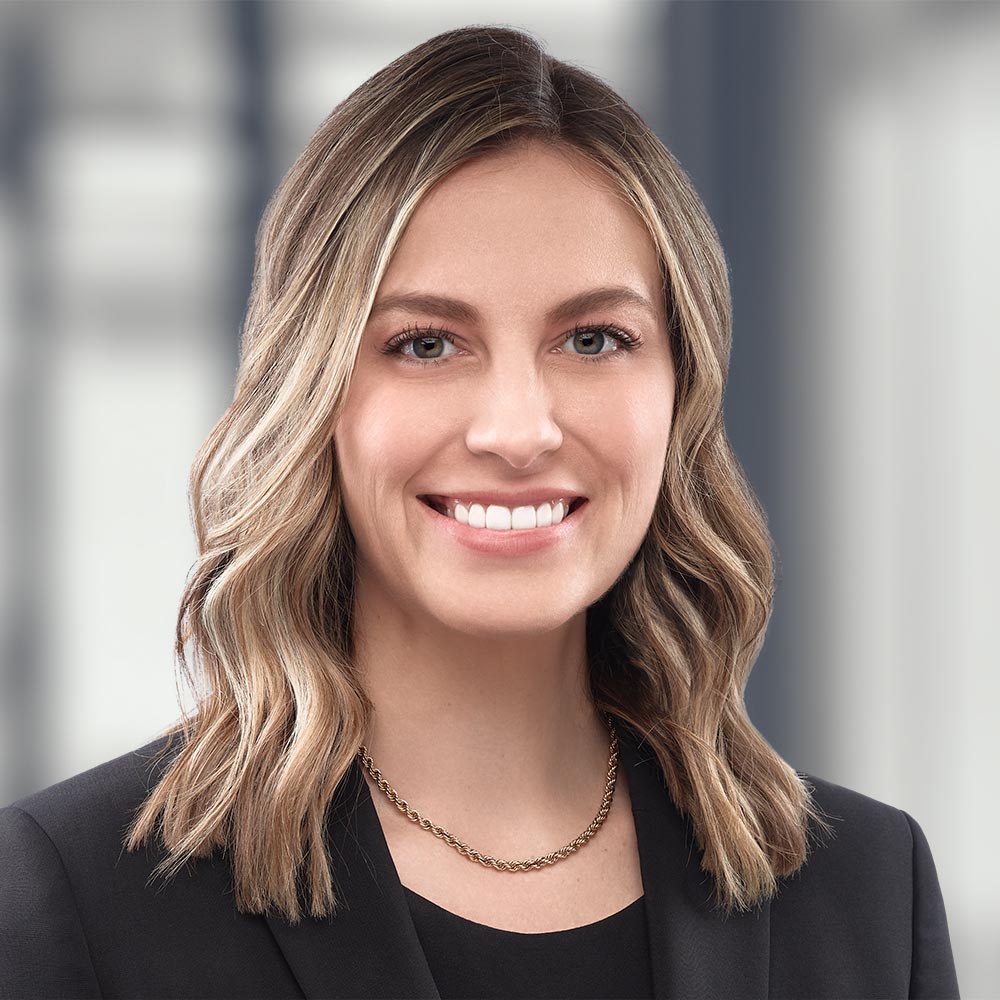Authors
The Institutional Limited Partners Association (ILPA) has released guidance for general partners (GPs) and limited partners (LPs) in respect of continuation funds.
What you need to know
- A continuation fund transaction is commonly thought of as a transaction in which a sponsor transfers one or more portfolio companies from an existing fund to a new special purpose vehicle, called a “continuation fund” or “continuation vehicle”.
- The existing fund investors are given the option to (i) reinvest the proceeds from, or roll, their interest in the relevant portfolio companies into the continuation fund (i.e., rolling LPs), (ii) receive a cash distribution in respect of their existing interest (i.e., selling LPs), which cash component is then funded by new investors in the continuation fund or (iii) do a combination of the foregoing.
- Goal of the guidance and guiding principles. The ILPA guidance dated May 2023 aims to reduce the inherent strain on the alignment of interests between GPs and LPs when it comes to continuation funds, and it provides advice for both groups. ILPA employed two operative guiding principles in developing this guidance: (i) continuation funds should maximize value for existing LPs and (ii) rolling LPs should be no worse off than had the transaction not taken place.
Guidance for GPs
Disclosures to limited partner advisory committees (LPACs)
It is accepted market practice in connection with the launch of a continuation fund for the GP to seek consent from the existing fund’s limited partners advisory committee (LPAC) in connection with the conflicts inherent with the formation of the new continuation fund, but the substance of that process is less defined. ILPA’s new guidance recommends the below considerations in connection with LPAC disclosures:
- Rationale. The consent process be conducted in camera, as an expense of the fund, and all LPAC members should be granted access to the same level of information. The LPAC (and in some cases a broader subset of LPs) should be provided with the rationale for the continuation fund, as well as evidence of the GP having explored other options in respect of the target asset(s). Specifically, the GP should provide information on (i) the reasoning for the continuation fund rather than an alternative process, (ii) the quality and outlook of the target asset, (iii) the amount of new capital required, (iv) the projected time to realization and (iv) an exit plan for the continuation fund.
- Conflicts. GPs should bring all conflicts to the LPAC, whether or not such conflicts were precleared in the LPA. This includes any conflicts related to the final economics of the transaction where the GP may receive a benefit that does not accrue to the LPs.
- Pricing disclosures. The information provided to the LPAC should be sufficient to demonstrate that a competitive process was run to ensure fair pricing was obtained. Ideally this would include third-party validation in the form of a fairness opinion from an independent advisor, a partial disposition to a third party or an arm’s length transaction through a minority stake. The disclosures should also include information relative to any break-up fee payable in the event the transaction does not proceed.
Disclosures to LPs
LPs should be provided with information as early as possible in the process, and all LPs should have equal access to the information (ideally at the same level as the LPAC), including asset-specific information sufficient to carry out diligence in advance of the transaction and details of any differences between the terms available to new LPs and rolling LPs. LPs should be granted access to the deal team, and other relevant employees of the sponsor, to address questions about the process. To the extent the key person or “time and attention” clauses of the LPA are affected by the transaction, it should be clear to LPs how such provisions will be affected and what will be done to mitigate any issues.
Timeline
No less than 10 business days prior to the LP election terms having been finalized by the GP, the GP should convene an LPAC meeting to review the proposed acquisition agreement and discuss the transaction terms. This meeting should be conducted with the LPAC as a group, rather than on an individual basis, to facilitate discussion. LPs should be provided with a minimum of 30 calendar days or 20 business days within which to evaluate the proposal and the related election forms—with longer timelines to be considered for LPs that have institutional legal requirements (i.e., obligations imposed by statute that mandate additional layers of review). An LP’s failure to elect should be treated as an election to liquidate rather than roll its interest, such that no LP is forced into a new vehicle.
Existing documents
The continuation fund transaction process should conform with the relevant provisions of the existing fund LPA and any existing side letters, and rolling LPs should be entitled to carry over their existing side letters (subject to negotiation to the extent certain provisions would not apply).
Economic structure
As a general matter, rolling LPs should be offered the opportunity to participate in the continuation fund in a manner that preserves the status quo of their investment such that there is no increase in the management fee or carried interest rate or decrease to the hurdle rate, no change to the management fee calculation base and no crystallization of carried interest:
- Allocation of fees and expenses. The allocation methodology of transaction fees and expenses between the new LPs, selling LPs, rolling LPs and the GP should be disclosed to all LPs and allocated in accordance with who benefits from the transaction—including the GP if the transaction provides for a clear benefit in respect of the GP (i.e., additional fee revenue). ILPA’s guidance also includes the following additional proposals relative to expense allocation: (i) the new LPs and rolling LPs should bear entity formation costs; (ii) operating costs should be capped or otherwise subject to LPAC monitoring; (iii) selling LPs should bear a proportionate share of sale costs; (iv) broken deal costs should be allocated in accordance with the existing fund LPA; (v) upon a failure to proceed, the GP should charge costs incurred to solicit offers as a fund expense; and (vi) management fees should be proportionate to the operational requirements of the continuation fund.
- Dilution of LPs. The GP should provide a commercial rationale for any dilution of rolling LPs, and the dilution should be effected on a fair and reasonable basis. Any such dilution should be calculated (i) at the same entry valuation as the original transaction, (ii) at a market value to be determined by an independent advisor at the time the capital goes in or (iii) via mitigation by an alternative instrument that does not dilute the equity interests of the rolling LPs.
- Carried interest. In almost every case, the GP should roll 100% of the accrued carried interest into the continuation fund, and when not doing so, should provide detailed disclosure explaining the rationale for the same. Noting that carry will not crystalize when an existing fund has a European waterfall and is not yet in a carry position, ILPA suggests that new LPs and rolling LPs rely on the GP’s commitment to the continuation fund to confirm alignment.
Advisors
The existing fund’s LPAC should be entitled to review all commercial terms with the advisors, including a summary of the engagement letter, and should have the ability to retain its own advisors—legal and specialist—to advise on, and review, the transaction. Certain selling LPs may request that the GP obtain a fairness opinion from an independent advisor other than an advisor hired by the GP.
Guidance for LPs
ILPA’s continuation fund guidance offers the following recommendations for LPs evaluating, and participating in, continuation funds:
- Establish internal protocols for addressing these transactions to include approvals, underwriting processes, understanding of legal requirements and any steps that are statutorily defined.
- Engage GPs early to set expectations around disclosure, timing, approvals and terms.
- Review the full scope of documents provided in connection with any continuation fund. This includes any existing fund documents, especially to the extent terms are changing or updates are required to side letters.
- In conducting due diligence, LPs should request documentation, models and materials that inform the rationale behind the transaction and its structure.
- Incorporate questions about continuation funds in connection with due diligence of new managers and re-ups with existing managers—including past use of continuation funds and anticipated future use, as well as any pre-clearance of conflicts relative to the same.
To discuss these issues, please contact the author(s).
This publication is a general discussion of certain legal and related developments and should not be relied upon as legal advice. If you require legal advice, we would be pleased to discuss the issues in this publication with you, in the context of your particular circumstances.
For permission to republish this or any other publication, contact Janelle Weed.
© 2025 by Torys LLP.
All rights reserved.

